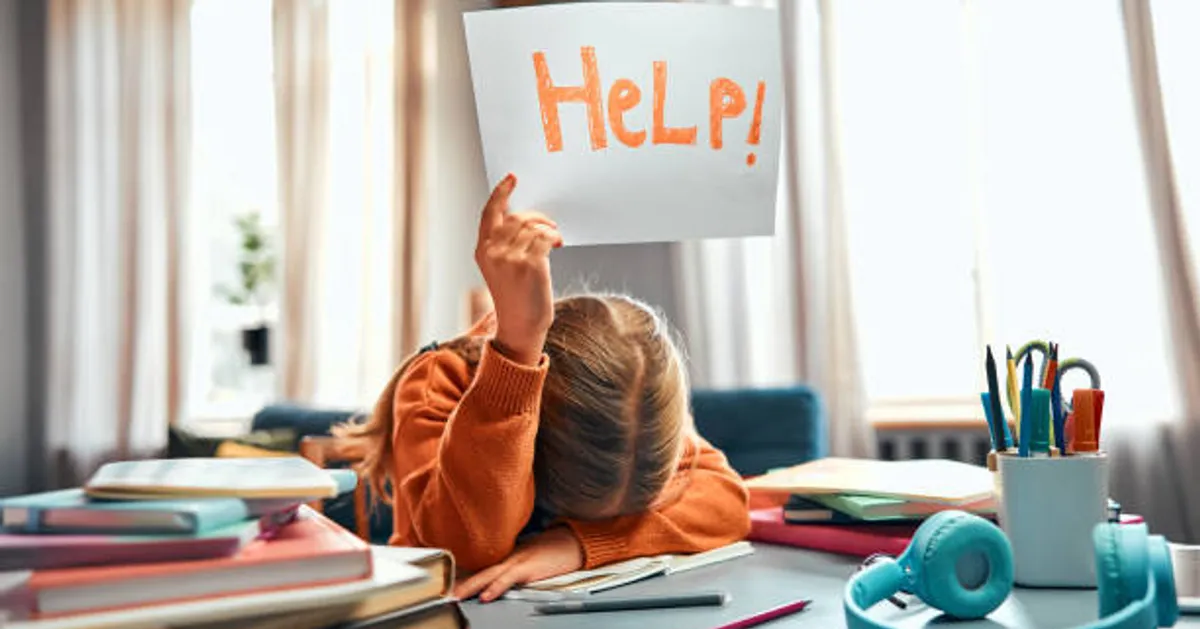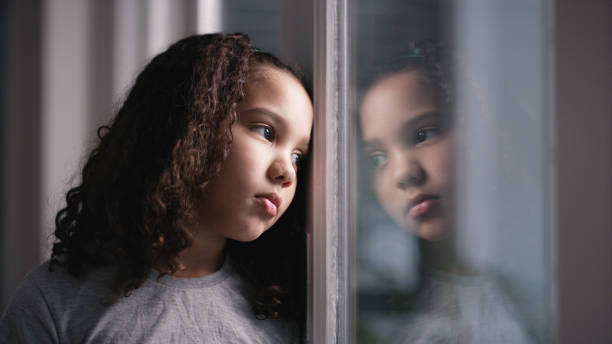
How to Support Children’s Mental Health: Early Signs and Help in 2025

GeokHub
Contributing Writer
With 1 in 6 children facing mental health challenges and 50% of issues emerging before age 14, supporting kids’ mental well-being is critical in 2025. Social media, academic pressure, and global uncertainties contribute to rising anxiety and depression rates. This professional, reader-friendly guide outlines how to spot early signs of mental health struggles in children and offers 10 actionable ways to provide help, crafted for parents, caregivers, and educators.
Why Children’s Mental Health Matters

Untreated mental health issues can lead to long-term challenges, with 75% of adult disorders tracing back to childhood. Early intervention reduces symptom severity by 40%, per 2025 data. Recognizing signs and fostering support builds resilience, helping kids thrive in a complex world.
Early Signs of Mental Health Struggles
- Behavioral Changes: Sudden irritability, aggression, or withdrawal (e.g., avoiding friends).
- Emotional Shifts: Persistent sadness, excessive worry, or mood swings lasting over 2 weeks.
- Physical Symptoms: Frequent headaches, stomachaches, or sleep issues without medical cause.
- Academic Decline: Dropping grades or disinterest in school, reported by 60% of teachers in 2024.
- Social Media Overuse: Spending 3+ hours daily on apps, linked to 30% higher anxiety risk.
10 Ways to Support Children’s Mental Health
1. Create a Safe Space for Talking
- Why It Works: Open communication reduces isolation by 50%.
- How to Do It: Ask open-ended questions like, “How’s your day going?” Listen without judgment.
- Tip: Set aside 10 minutes daily for one-on-one chats.
2. Teach Mindfulness Techniques
- Why It Works: Mindfulness cuts anxiety by 35% in kids.
- How to Do It: Practice 5-minute guided breathing (e.g., inhale 4 seconds, exhale 6) using apps like Smiling Mind.
- Tip: Make it fun with a “calm corner” for breathing exercises.
3. Limit Screen Time
- Why It Works: Reducing social media to 1 hour daily lowers stress by 25%.
- How to Do It: Use parental controls (iOS: Screen Time; Android: Family Link) to set limits.
- Tip: Encourage screen-free activities like board games.
4. Promote Physical Activity
- Why It Works: 30 minutes of exercise boosts mood by 40%.
- How to Do It: Enroll kids in sports or try family walks 3–4 times weekly.
- Tip: Make it playful with dance-offs or park playdates.
5. Foster Healthy Sleep Habits
- Why It Works: 8–10 hours of sleep reduces anxiety by 30%.
- How to Do It: Set a consistent bedtime (e.g., 8 PM for ages 6–12). Remove screens 1 hour before bed.
- Tip: Use a bedtime story routine to wind down.
6. Encourage Journaling
- Why It Works: Writing reduces overthinking by 20%.
- How to Do It: Provide a notebook for kids to jot feelings or gratitude daily.
- Tip: Suggest writing 3 positive things each evening.
7. Model Positive Coping Skills
- Why It Works: Kids mimic adult behaviors, improving resilience by 25%.
- How to Do It: Share how you manage stress (e.g., “I take deep breaths when upset”).
- Tip: Practice self-care visibly, like yoga or reading.
8. Build a Support Network
- Why It Works: Strong connections cut loneliness by 50%.
- How to Do It: Encourage playdates or school clubs; involve trusted adults like grandparents.
- Tip: Help kids plan one friend meetup weekly.
9. Watch for Warning Signs
- Why It Works: Early detection prevents 40% of severe outcomes.
- How to Do It: Track mood or behavior changes for 2 weeks. Consult a pediatrician if persistent.
- Tip: Use a mood-tracking app like Daylio for patterns.
10. Seek Professional Help Early
- Why It Works: Therapy reduces symptoms by 50% in 6–8 weeks.
- How to Do It: Contact a school counselor or explore online therapy like BetterHelp ($65/week).
- Tip: Normalize therapy as a strength, not stigma.
Sample Weekly Support Plan
- Monday: Have a 10-minute chat; set screen time limits.
- Wednesday: Practice mindfulness; go for a family walk.
- Friday: Journal together; check for mood changes.
- Daily: Reinforce sleep routines; model calm behavior.
Why These Steps Work in 2025
These strategies address 2025’s challenges—social media overload, academic stress, and digital exposure—while being practical for busy families. Mindfulness and exercise boost mood, open communication builds trust, and early intervention prevents escalation. Together, they reduce anxiety and depression risks by 40%, fostering resilient kids.
Supporting children’s mental health in 2025 is vital as stressors like social media and school intensify. Start with one step—like a daily chat or mindfulness practice—to build resilience. These 10 tips empower kids to cope with anxiety and thrive. Act today to make a difference.








